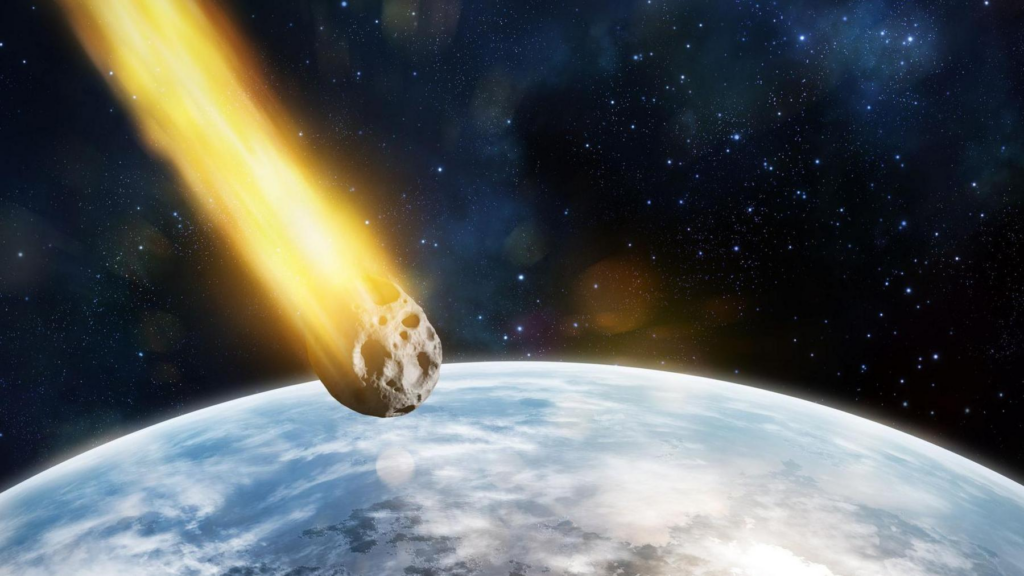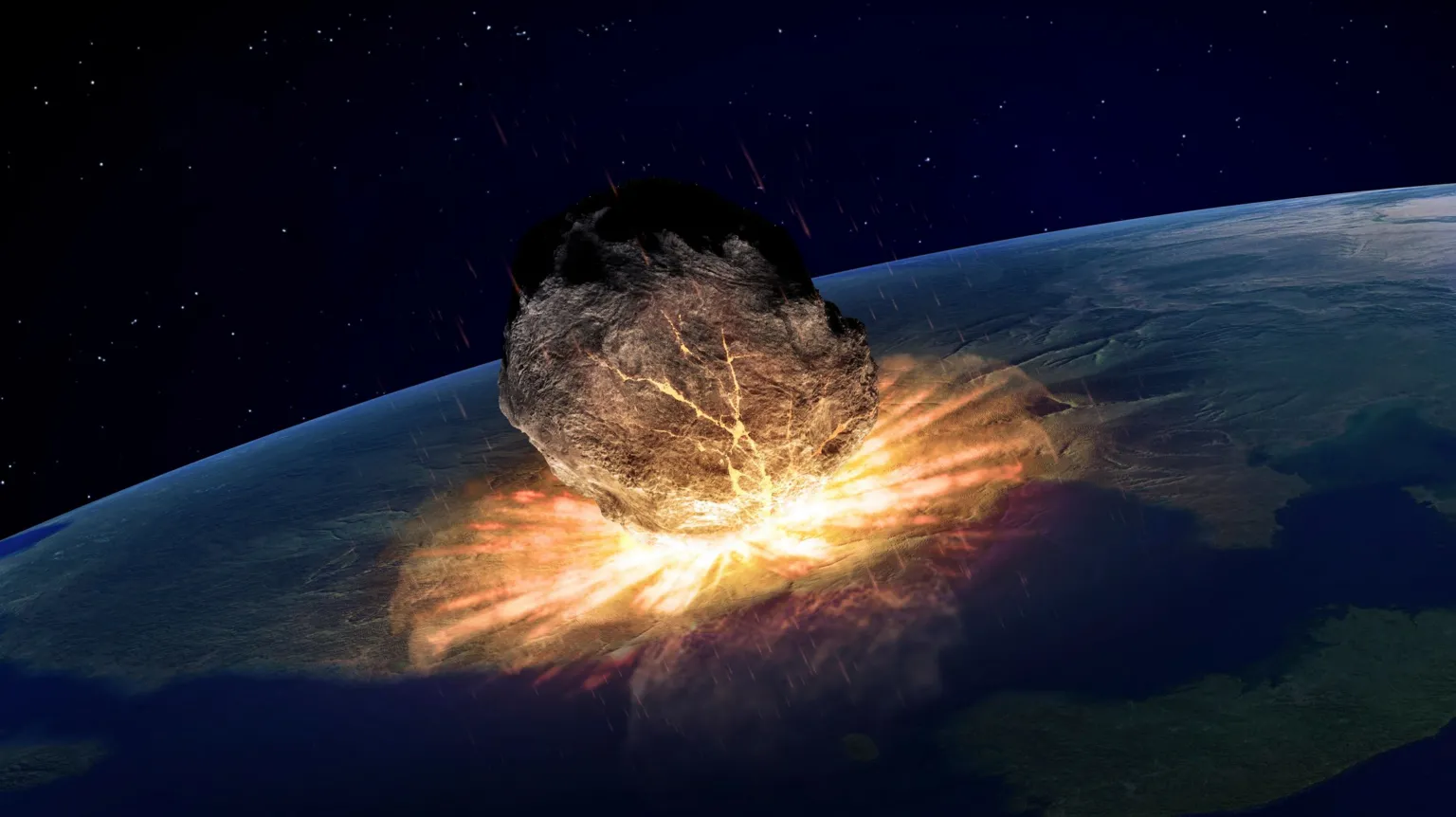A Massive Meteorite Shattered Seabed and boiled the oceans, scientists have discovered, after first identifying the meteorite in 2014. The space rock, 200 times larger than the one that wiped out the dinosaurs, smashed into Earth when the planet was in its infancy three billion years ago.
Armed with sledgehammers, scientists trekked to the impact site in South Africa, chiseling off chunks of rock to study the collision. They found that the Massive Meteorite Shattered Seabed, but the destruction also contributed to early life’s ability to thrive.
“We know that after Earth first formed, there was still a lot of debris flying around, smashing into Earth,” said Prof. Nadja Drabon from Harvard University, lead author of the new research. “But now we have found that life was resilient in the wake of some of these giant impacts, and it bloomed and thrived.”

This meteorite, S2, was much larger than the one that caused the dinosaurs’ extinction 66 million years ago, which was 10 km wide. S2, however, measured between 40 and 60 km, with a mass 50 to 200 times greater. When the Massive Meteorite Shattered Seabed, Earth looked vastly different, resembling a water world with only a few landmasses and life primarily consisting of single-celled microorganisms.
The impact site, located in the Eastern Barberton Greenbelt, is one of the oldest places on Earth containing evidence of a meteorite crash. Prof. Drabon visited the site three times, hiking into remote mountains accompanied by armed rangers for protection against wildlife. The team searched for spherule particles—tiny rock fragments left behind by the Massive Meteorite Shattered Seabed—collecting hundreds of kilograms of rock for lab analysis.

After studying the samples, the team reconstructed what happened when S2 violently collided with Earth. It created a 500 km-wide crater, ejecting pulverized rock that circled the globe. “Imagine a rain cloud, but instead of water droplets, it’s molten rock raining from the sky,” Prof. Drabon said. The impact caused a tsunami that would have torn across the planet, dwarfing the 2004 Indian Ocean tsunami. It released enough energy to boil the oceans, evaporating water and raising air temperatures by up to 100°C.
The skies turned black, blocking sunlight and wiping out life forms reliant on photosynthesis. Yet, despite this devastation, the Massive Meteorite Shattered Seabed also churned up essential nutrients like phosphorus and iron, feeding simple organisms. “Life was not only resilient but bounced back quickly and thrived,” Prof. Drabon explained. The findings suggest that such impacts acted like a global fertilizer, bringing iron-rich water from ocean depths to the surface and fueling early microbes.
The study, published in the scientific journal PNAS, supports the idea that these violent meteorite impacts may have helped early life flourish. “It seems that life after the impact encountered favorable conditions that allowed it to bloom,” Prof. Drabon concluded.





